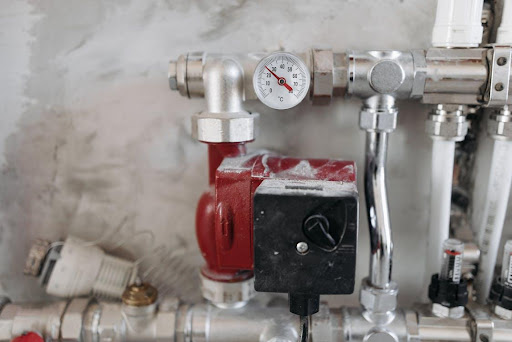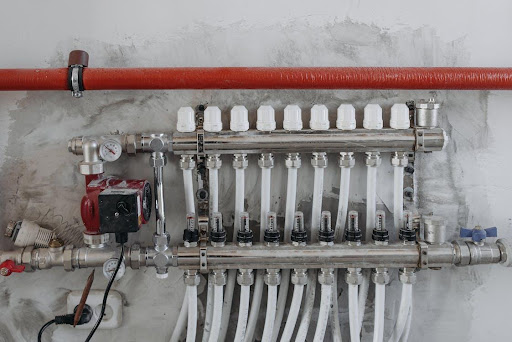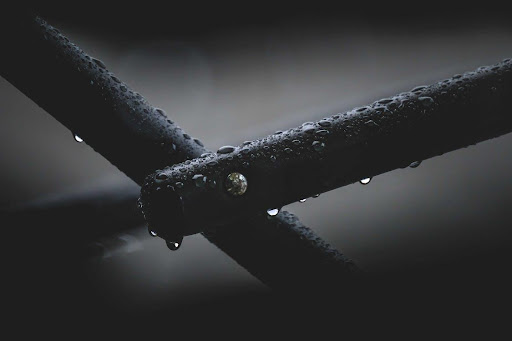The plumbing system in your home comprises a vast network of pipes crisscrossing the entire length and breadth of the house. This system can be divided into two major parts; pipes carrying freshwater to the plumbing fixtures or water-utilizing appliances and pipes transporting gray water and sewage from your home.
As a homeowner, you know the damage plumbing problems can do to your home and belongings. Likely, at one point, you have had to deal with hidden water leaks and burst pipe emergencies in your home. Anyone who has experienced the stress and financial losses that follow a plumbing issue in their home does not want a repeat of the events.
But Graf Property Management advises you will only minimize the incidence of plumbing problems in your home if you understand how your home’s plumbing works. Due to the size of the plumbing network and how often the system is used, it is almost impossible to eliminate plumbing issues. But you can minimize problems by learning more about how plumbing works.
5 types of plumbing pipes in homes
Pipes make up most of the plumbing in your home. Plumbing pipes are also where problems are most likely in your home’s plumbing. This is why it is important to know a bit about the different types of plumbing pipes that are already in your home, or that can be used in your home. This knowledge will come in handy when fixing plumbing issues.
Whether working with a plumber or fixing problems yourself, you get better results with this information. Being able to tell the difference between piping materials and what each is best used for will help you choose the right pipes for your home re-piping project. Choosing suitable pipes from the outset will lead to fewer plumbing problems.
- PEX (polyethylene cross-linked) pipes
This type of pipe is used for water supply lines; it doesn’t add traces of rust or corrosion to water. PEX pipes are rigid enough to withstand water pressure, yet they are flexible and easy to work on.
Unlike rigid PVC pipes, PEX pipes can be maneuvered around corners, and you can use different connection methods with them. Another reason to use PEX pipes is that they are color-coded for easy organization; red (hot water), blue (cold water), and white (hot or cold).
- PVC (polyvinyl chloride) pipes
This is the white plastic material many people visualize when considering plumbing pipes. PVC pipes are mainly used as the home’s main drain and main vent stack. Smaller PVC pipes (three inches) may also be used for sink drains and plumbing vents.
PVC is best for installations with low-temperature and low-pressure needs. This makes them the ideal material for toilet drain lines. They are not suitable for high-pressure water supply lines or transporting hot water. PVC pipes are fairly inexpensive but harder to work with than PEX pipes.
- ABS (acrylonitrile butadiene styrene) pipes
This material is made from thermoplastic resin and is similar to PVC. But ABS pipes come in black and are slightly softer than PVC. If you ever find a black pipe in your toilet drain or sink, it is probably an ABS pipe.
They are slightly better than PVC in terms of their durability in high-impact environments. But they are not durable enough to withstand direct sun exposure; they will warp and degrade in direct sunlight. ABS pipes come in the same sizes as PVC pipes and are mostly used in vents and drain lines.
- Copper pipes
Copper pipes have been used for decades, and you will likely find one around your sink, shower, or bathtub. Copper pipes – mostly made of pure copper – have a shiny reddish-brown color and are used primarily as water supply lines.
The biggest reason for their continuing popularity is that they do not alter water quality. The main issue with copper pipes is that you need a propane torch to install them; this makes their installation unsuitable for DIY. Moreover, copper pipes are expensive.
- Galvanized (steel or cast iron) pipes
These types of pipes are no longer used in new home construction but can still be found in older houses. The major advantage of galvanized pipes was that they offered a lead-free alternative. Galvanized pipes were used mainly for water supply and drain lines, but this practice has been discontinued due to their tendency to rust.
You may still find galvanized steel being used as gas supply lines. Cast iron is still used as sewer and drainage pipes in commercial and high-rise buildings.
To conclude, another type of pipe often found in homes is the flexi or flexible pipe. This is a flexible tubing made of stainless steel. It is the final piping connection for appliances and plumbing fixtures, such as sinks and toilets. You cannot use them inside walls and floors.


